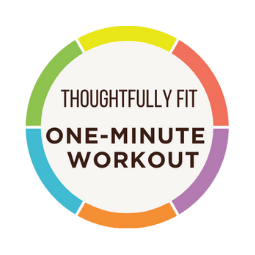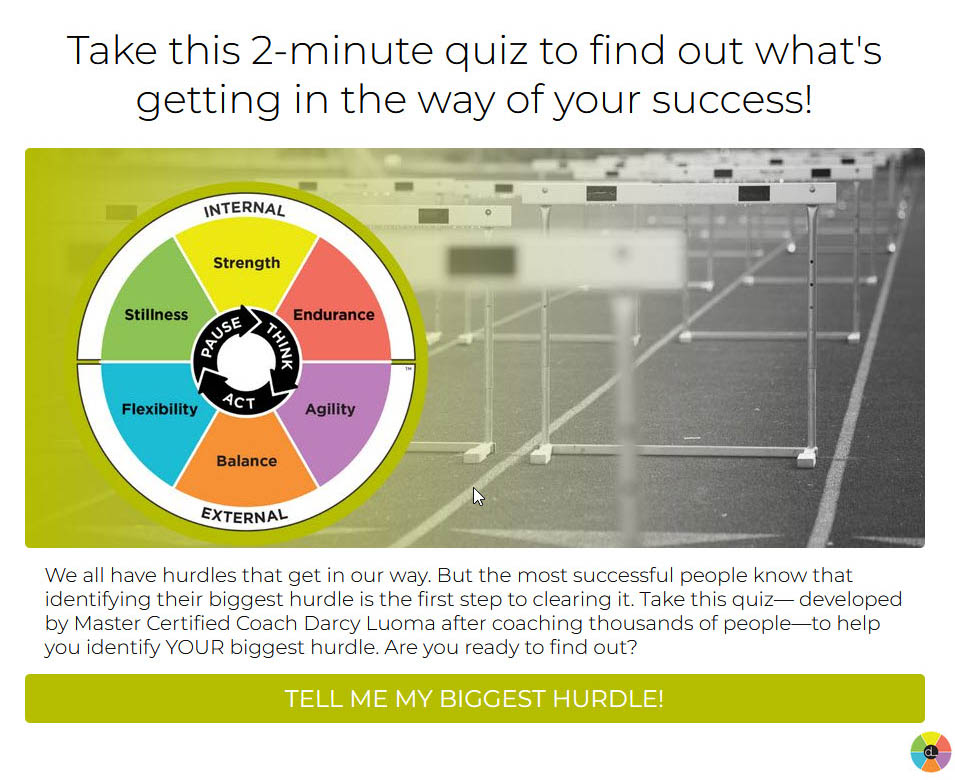Recently, an executive coaching client (let’s call him Bill) shared that meetings with his direct reports weren’t feeling effective, even though he has the courage to say what’s needed. And, he feels confident he’s approaching the conversations with compassion.
“I feel good in the meeting,” he told me. “But afterwards, things seem to fall apart. The actions we agreed to don’t happen, and then I don’t know how to bring it up again. I thought we were on the same page.”
I asked Bill how he knows everyone’s on the same page. “At the end of every meeting, I ask, ‘Are we good? Any questions?’ Nobody ever has questions. People tell me we’re good.”
Change the Questions. Change the Outcome.
Over the last few weeks, I’ve written about the three essentials for Balanced communication. To find Balance in your conversations, you need to have the courage to state what you want or need and the compassion to deliver it in a way it can be heard. The third essential of curiosity is what helps you find out what the other person wants or needs. Without understanding their perspective, it’s impossible to achieve alignment.
Curiosity is more than just asking questions. It’s genuinely wanting to understand the other person’s perspective—in order to find the win-win.
Questions Aren’t Always Curious
Different types of questions lead to different types of conversations. Consider the following types of questions:
Fixer Questions focus solely on how to solve a problem. They ask about the details, but not the broader context. For example, asking “What if you tried _____?” centers on what you see as the problem and how to fix it. It doesn’t give you insight on their perspective or even if you’re focused on the actual root of the problem.
Leaders often ask Breadcrumb Questions where there’s a specific answer they want to hear or a certain conclusion they want the other person to arrive at. Breadcrumb questions are used most often when there’s only one right answer in the person’s mind, and you lead them to it—instead of displaying genuine curiosity.
Then there are Wrap-up Questions. These are the type of questions Bill would often ask at the end of his meetings. They usually look for a yes or no response, and let’s be honest… are designed to get the other person to simply say they’re on board. At this point of the conversation, we just want to wrap things up, and people typically oblige.
Each of these types of questions will lead to very different conversations. These questions can be valuable in certain situations, but none of them lead to a greater understanding of what the other person really needs or wants. For that, you have to ask thoughtful questions.
Thoughtful questions give you more insight into the other person’s thinking. You know you’re on the right track if they’re talking and you’re getting a better understanding of what they want or need. Curiosity also requires you to really listen to their reply as well.

One-Minute Workout: Get Curious
When you’re aware of the questions you are asking, you can change the outcome of the conversation. So the next time you want to dial up the curiosity, here’s a one-minute workout.
Pause: Get off of question autopilot! Choose to be curious in order to get a better understanding of what the other person wants or needs.
Think: What types of questions are you asking? Are they non-curious questions? Or are they thoughtful questions?
Act: If you notice you are asking non-curious questions, it’s never too late to change course. Commit to asking a thoughtful question!
For Bill, he recognized he needed to ask thoughtful questions right from the start of his meetings. Questions like, “How does this project fit in your current list of priorities?” and “What obstacles do you anticipate with this plan?” and “How do you want to design accountability for this project?”
These questions allowed him to really find out if everyone was on the same page. The change in his questions led to a change in the conversations—and also to better results.
Give it a try, and see how it can create a change in your conversations as well.

Recommended Reading: As we head into the holiday season at the end of a crazy year, I found myself revisiting one of my favorite books, Essentialism: The Disciplined Pursuit of Less by Greg McKeown. This book changed the way I schedule my days. I used to think I needed to pack my days to feel productive, even if it meant being absolutely exhausted. This book challenged that idea and helped me identify what’s essential and what I need to say no to in order to be productive. If you’re feeling overwhelmed, check this book out.


